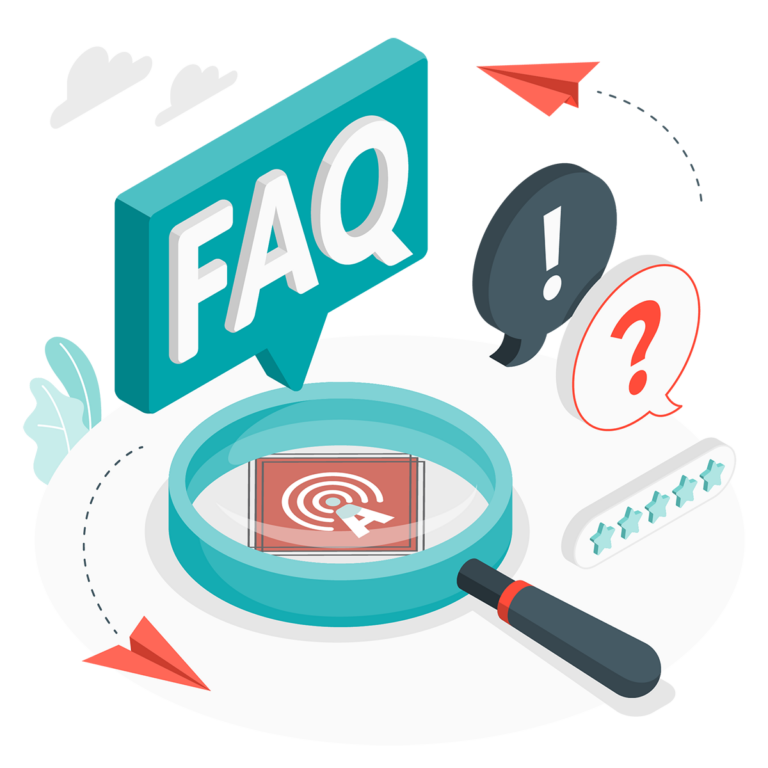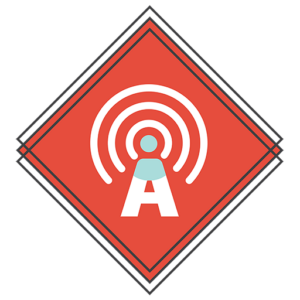
Attendance Radar is a mobile app that offers the easiest, fastest, and most reliable way to track student attendance. You can record the attendance of a whole class, regardless of its size, in a matter of seconds with just two clicks – one click for the trainer to emit a secure Bluetooth signal and one click for the student to mark themselves as present. The app’s basic version is free. There is also a premium version with exciting features and a university version that provides several additional administrative benefits for your organization. You can learn more about the different versions and their features here.
Learn about Attendance Radar in three simple questions!
Have more technical questions? Check the Technical FAQ
Attendance Radar is used all over the world at hundreds of universities, by thousands of professors to track the attendance of hundreds of thousands of students.
In addition, dozens of different institutions have chosen to adopt the University Version of Attendance Radar, to track, manage and analyze their attendance in a fast, easy and reliable manner. The Flemish General Practitioner training organization, ICHO, was our first major deployment, which included universities such as KU Leuven, University of Gent, Free University Brussels, and University of Antwerp.
Since then, several other universities have signed up, including most notably the Rotterdam School of Management and Tilburg University in the Netherlands, as well as, Indiana Wesleyan University, in the United States.
Currently, we are actively seeking institutions interested in running a pilot of the university version of Attendance Radar! We are confident that you will love it as much as we do!
We have close conversations with the teachers that choose to use Attendance Radar. This has allowed us to understand why they choose to use it. Below are some of the main reasons:
- Easy, fast and reliable attendance tracking: Our innovative secure Bluetooth beacon technology allows teachers to track the attendance of up to 1000 students in a matter of seconds.
- Ease of use: Teachers like how intuitive and easy to use the solution is, both for students and themselves. Additionally, we have written user manuals that clearly outline how to use the app.
- Excel import and export features: This is one of the features that teachers value the most. It allows them to easily setup the app for a whole semester and be able to share and save attendance lists in just a few clicks.
- Great customer support: We pride ourselves on keeping our customers happy. That is why we try to respond to support requests as fast as possible. This is something that the teachers that work with us appreciate a lot.
- Response to feedback: We believe that the users determine the value of our app, not us. That is why we listen to feature requests and add this progressively into the app. To name a few, variable emit times, attendance reports and statistics and the ability to take notes of a student's attendance or participation are all features we added based on user requests.
- Support for administrators: This is something that is crucial for all the institutes that work with us, they all get their own administrator back-end where administrators can completely setup the app for the professors and students, saving them a lot of valuable class time. Moreover, it is through this backend that we setup the single sign-on and API integrations that are exclusive to the University Version of Attendance Radar.
Attendance Radar enables easy, fast, and reliable attendance tracking using Bluetooth technology.
Sophisticated security checks ensure the student's presence and identity without being noticed by the attendee or teacher, thanks to the smooth and quick one-tap process.
Attendance Radar also offers alternative ways to track student attendance, such as using randomly generated 6-digit codes, which are very useful for online classes. Moreover, manual attendance marking using sliders is also possible.
In addition, students can also be marked as excused or late, the latter of which can also be done using a late Bluetooth scan.
Currently, higher education institutions use Attendance Radar to track student attendance, but it could also be employed at different levels of education where attendance tracking is required.
If you would like to see an overview of how the app works from both a teacher's and a student's perspective, make sure to watch the videos below!
Tracking student attendance with Attendance Radar: Student Demo
Tracking student attendance with Attendance Radar: Trainer Demo
Have more technical questions?
Check out our technical FAQ!
The free version allows you to try out all the core functionality of the app almost without limitations. However, there is a limitation when it comes to the number of attendances that can be tracked using the Bluetooth scan. In the free version you can track up to 2000 attendances after which you are no longer able to use the Bluetooth scan. This limitation is no longer present in the premium version however.
To subscribe a list of students into a course login here to your trainer account. Watch the video below see how:
To import courses and sessions you will first need to login here to your trainer account. Watch the video below to see how:
To see how to export student attendance lists please watch the video below. To be able to do this you will need to log into your account here.
The institute or student number can be added in two ways. One, is by using the student Excel import, which was explained above. The second is by adding it manually when you are adding a new student (one that doesn't have an account yet) into one of your courses. The screenshot below shows the form where you can do this from the app, which is the same in the web too.

In regards to updating a student's institute number, this can only be done by using the student Excel import. While we might consider adding a manual way of doing this for a single student, at the moment we don't deem this necessary as student institute numbers are very unlikely to change, meaning that they don't need to be updated often.
If you or your students are having issues logging in, then here are some troubleshooting tips to follow:
- Use the "I forgot my password" button to reset your password if you don't remember it. You will then receive a link in your email to reset your password (make sure to check Spam if you can't find it).
- If you created your account with an external authentication method (Google, Microsoft, Apple or Facebook) then you don't have a password, you should use the external authentication method you used to register your account to login or another external authentication method in which you have an account with the same email address.
- You can only login to the institutions if the system administrator at the institution created your account before hand, if you are having login issues make sure to contact them first and ask if you have been correctly added.
- If you can't login and are not receiving any error message why then this is most likely because you have disabled browser cookies. Enable this to be able to login, once you are logged in you can disable them again.
When attempting to add a student to a course using either the Excel import or the "Add a student" button, there may be various reasons why you might encounter difficulty in adding them. Firstly, consider the scenario where the student is already enrolled in another of your courses. In such a case, you can add them via the web interface using the "Add students from another course" button or by utilizing the Excel import. The "Add a new student" button will not function in this context. If you are using the mobile app, you should utilize the search bar labeled "Find a student from another course" to add the student.
In the event that the student is not enrolled in another one of your courses, you will be unable to add a student who already has an account unless they choose to enroll in your course by marking their attendance using the manual code or Bluetooth scan during one of your sessions. This measure is in place for data privacy and security reasons, as we do not have a way to ensure that the student knows you and wants to be added to one of your courses. Therefore, this is a deliberate design choice to prevent malicious actors from adding students to their courses without their consent. We are also currently working on adding an email invitation that will allow a student to join your course by accepting it.
We have focused on enhancing the performance of the Bluetooth signal in an effort to guarantee that everyone gets marked as present during scanning. Nevertheless, the strength of signal emission and detection relies on the mobile devices in use. Older devices have limited capabilities in emitting and receiving Bluetooth signals, which can occasionally result in rare situations where students are unable to mark themselves as present. We are committed to ongoing improvements in the app's performance to minimize such occurrences as much as possible. In the meantime, students facing this issue can be manually marked as present using the sliders.
Apart from providing the most reliable method for tracking student attendance using Bluetooth technology, the app contributes to the prevention of attendance fraud in two additional ways.
Firstly, trainers can access a record of the date and time at which attendance was recorded. This record can be employed to verify that all students' attendances were marked within a specific timeframe, thereby allowing the detection of students who fraudulently marked their attendance outside of this designated time frame.
Additionally, a single device can only be used to mark attendance for a particular session once. This means that if students attempt to mark the attendance of their friends using their own device, they will need to forgo their own attendance. In cases where attendance is mandatory, students are highly unlikely to engage in such behavior.
Finally, we are also currently experimenting with geofencing functionality to improve the accuracy of the system even further.

